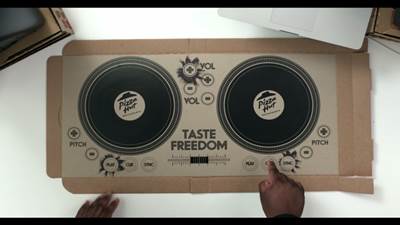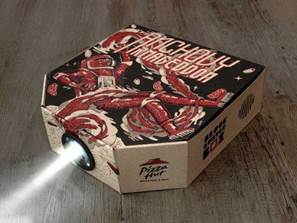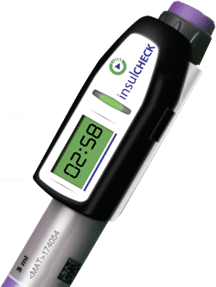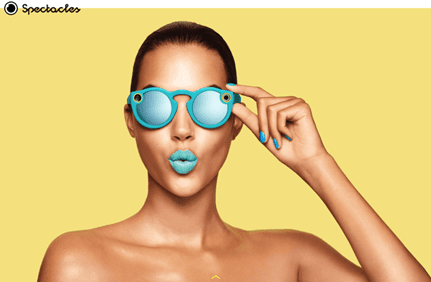 Christmas, beloved end-of-year western holiday, can be pretty boring for brand communications. Xmas advertising historically draws on the same ole’ yule tide tropes to tell stories at the end of the year. We know its “that time of the year” when we start seeing brands roll out their own take on Santa, elves, reindeer, snow, holiday parties and benevolent giving.
Christmas, beloved end-of-year western holiday, can be pretty boring for brand communications. Xmas advertising historically draws on the same ole’ yule tide tropes to tell stories at the end of the year. We know its “that time of the year” when we start seeing brands roll out their own take on Santa, elves, reindeer, snow, holiday parties and benevolent giving.
And while brands and marketers are actually crafting some beautiful stories from their bountiful Xmas inspiration, they may have forgotten to check their list twice – as many are opting to omit the most important piece from their stories.
Take this year’s John Lewis Christmas Ad and the connected universe of content: the branded Snapchat filter. The animal Twitter stickers. The plush Buster toy. The reaction video of the real Buster dog watching himself in the ad. The media interviews with the creators.
If you’ve seen any (or all) of the Buster bonanza, did you notice what it’s missing? A product. Unless John Lewis is really pushing trampolines this year, there’s no mention of the range of products they are looking to sell this Christmas period. We also see no mention of where to buy (store locations) or a unique why to buy (sales deals or product difference).
Yes, this is an ad and a beautiful one at that. But it is also indicative of a new normal by many companies to focus their communications on content marketing that contains little or no mention of the actual products or services their company offers.
We have been told in the social media age that minimal branding is best, but many companies have turned this into minimal or no talk of their brand offerings as well. We see this across classic campaigns – Dos Equis Most Interesting Man in the World – as well as newer favorites like – Red Bull Stratos Jump.
As this trend towards product-light comms accelerates, will clients soon ask us to PR their content rather than PR their actual products or services?
Perhaps. Yet, some companies are bucking this trend, finding a happy balance between interesting content THAT ALSO puts the core product or service at the centre. Below are some examples, in three categories (click any image below for supporting content).
As you read these examples, ask yourself how you might put your clients’ product or service at the heart of their content. Use the three questions below as a guide:
What interesting ways do consumers use your clients’ products or services? Can you capture and share that product interaction?
- Where do people use the products/services and how can you make that physical place more special?
- What barriers to use of the product/services might you identify and make disappear?
- What is truly unique about the product/service? Capture and share it.
Category 1 – Put the PR on the Product Itself:

One familiar example is the Starbucks red cups. This year, the designs are winners from a global customer contest.
Pizza Hut has transformed their pizza boxes this year into everything from movie projectors to playable DJ kits:
InsulCheck is a simple timer you can attached to your insulin pen to better estimate injection times.
Type 2 – Put the PR Where People Buy the Product:
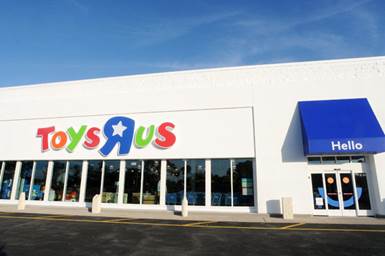
In the UK, Toys R Us opened its doors an hour early after adapting stores with measures tailored to meet the needs of children with autism, including dimmed fluorescent lighting and a ban on music and in-store announcements.
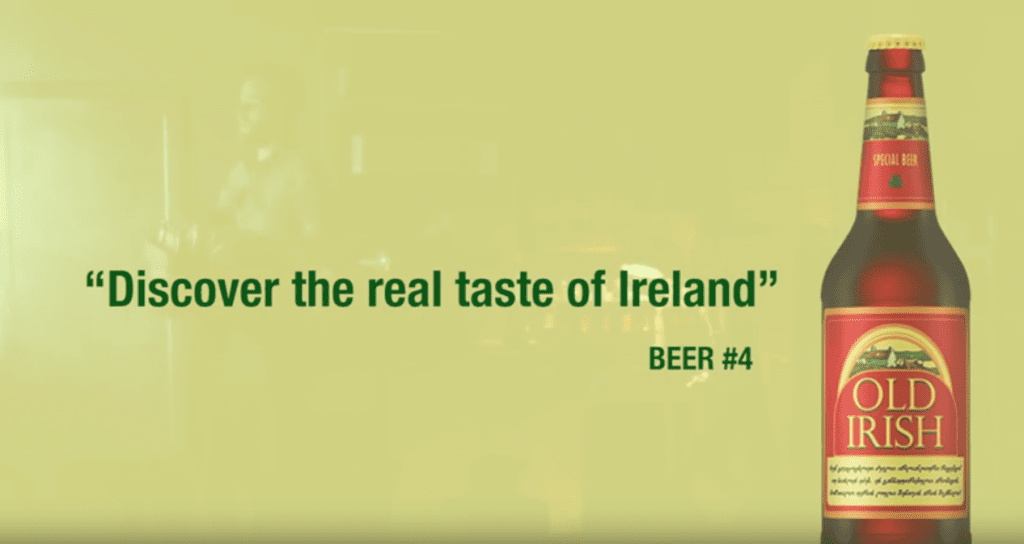
Old Irish Beer created a VR campaign in Georgia (country not state) that surprised consumers with a “real” experience within an Irish pub.
Type 3 – Put the PR Where People Use The Product:
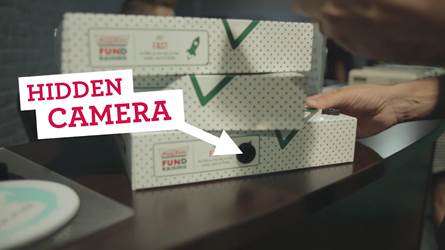
Krispy Kreme donuts are commonly eaten in offices. This simple video captures reactions when someone walks by with a fresh box.
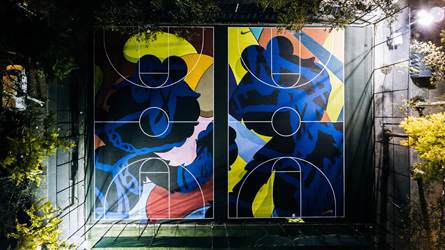
Nike knows that reputation for cool basketball trainers are decided on street courts. So they had local artists paint Nike art designs on local courts.
People use Snapchat everywhere, including times when they don’t want to hold their phones up to take pics/video. So they launched Spectacles, glasses that take Snapchat video.
